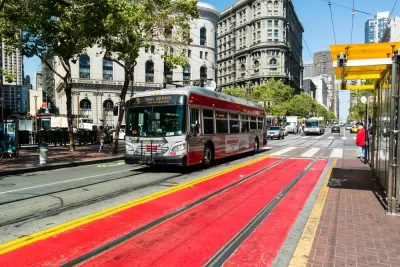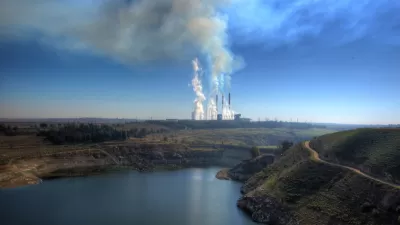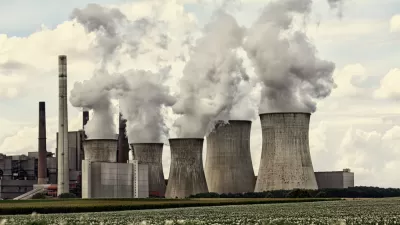The U.S. Environmental Protection Agency wants to force the state of California to spend highway money on public transit, because of the environment.

The Trump administration seems to love to antagonize California, mostly by revoking or weakening environmental regulations, like the recent episode of President Trump announcing via Twitter that California would no longer have a Clean Air Act waiver to require higher emission standards from car companies. Since the beginning of the Trump administration, the state of California has responded to the president's agenda with lawsuit after lawsuit. California also sued to keep its Clean Air Act waiver.
In recent weeks, however, the dynamic has changed, and the Trump administration has begun antagonizing California with threats of environmental enforcement. First, President Trump threatened to punish California with an environmental violation if it didn't take aggressive action to curb homelessness. Late in the day on October 2, the Trump administration followed through on that threat, as reported by Kurtis Alexander and Dominic Fracassa.
More recently, the Trump administration threatened to force the state to spend money intended for highways on public transit instead.
"The Environmental Protection Agency on September 23 threatened to start enforcing long-dormant Clean Air Act provisions that would force many regions in California to stop building new highway projects and instead either transfer that money to mass transit projects or else lose it entirely," reports Jeff Davis.
Davis notes the weirdness of the whole situation: "This sounds like a headline that would have occurred in the Obama Administration during its more ambitious first term, but no, this was in fact the Trump Administration."
The threat is predicated on the letter of the Clean Air Act law, as described clearly by Davis. The letter of the law also means the state wouldn't entirely lose the money, but could be forced to spend it on transit instead of roads.
FULL STORY: EPA Threatens to Make California Transfer Highway Funding to Mass Transit Projects

Alabama: Trump Terminates Settlements for Black Communities Harmed By Raw Sewage
Trump deemed the landmark civil rights agreement “illegal DEI and environmental justice policy.”

Planetizen Federal Action Tracker
A weekly monitor of how Trump’s orders and actions are impacting planners and planning in America.

Why Should We Subsidize Public Transportation?
Many public transit agencies face financial stress due to rising costs, declining fare revenue, and declining subsidies. Transit advocates must provide a strong business case for increasing public transit funding.

Understanding Road Diets
An explainer from Momentum highlights the advantages of reducing vehicle lanes in favor of more bike, transit, and pedestrian infrastructure.

New California Law Regulates Warehouse Pollution
A new law tightens building and emissions regulations for large distribution warehouses to mitigate air pollution and traffic in surrounding communities.

Phoenix Announces Opening Date for Light Rail Extension
The South Central extension will connect South Phoenix to downtown and other major hubs starting on June 7.
Urban Design for Planners 1: Software Tools
This six-course series explores essential urban design concepts using open source software and equips planners with the tools they need to participate fully in the urban design process.
Planning for Universal Design
Learn the tools for implementing Universal Design in planning regulations.
Caltrans
Smith Gee Studio
Institute for Housing and Urban Development Studies (IHS)
City of Grandview
Harvard GSD Executive Education
Toledo-Lucas County Plan Commissions
Salt Lake City
NYU Wagner Graduate School of Public Service





























